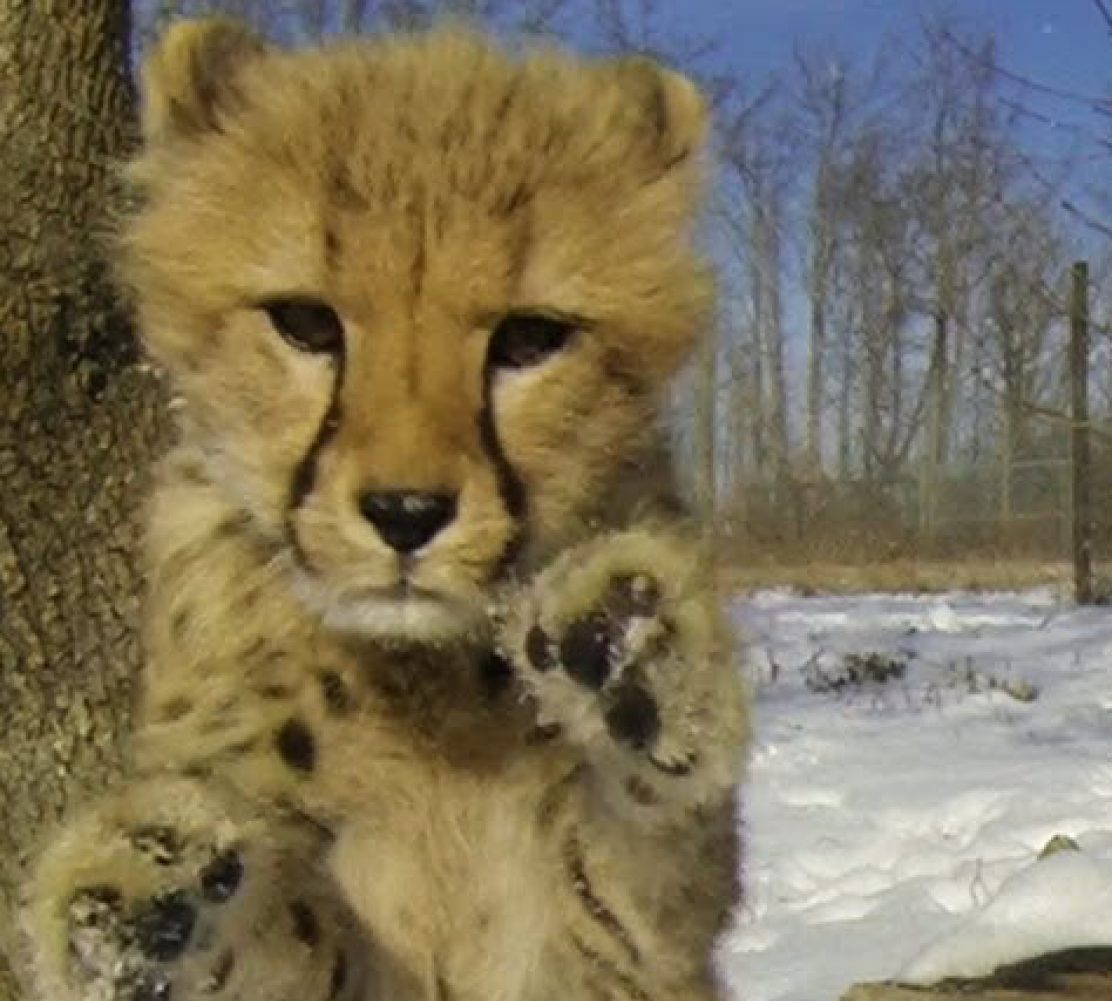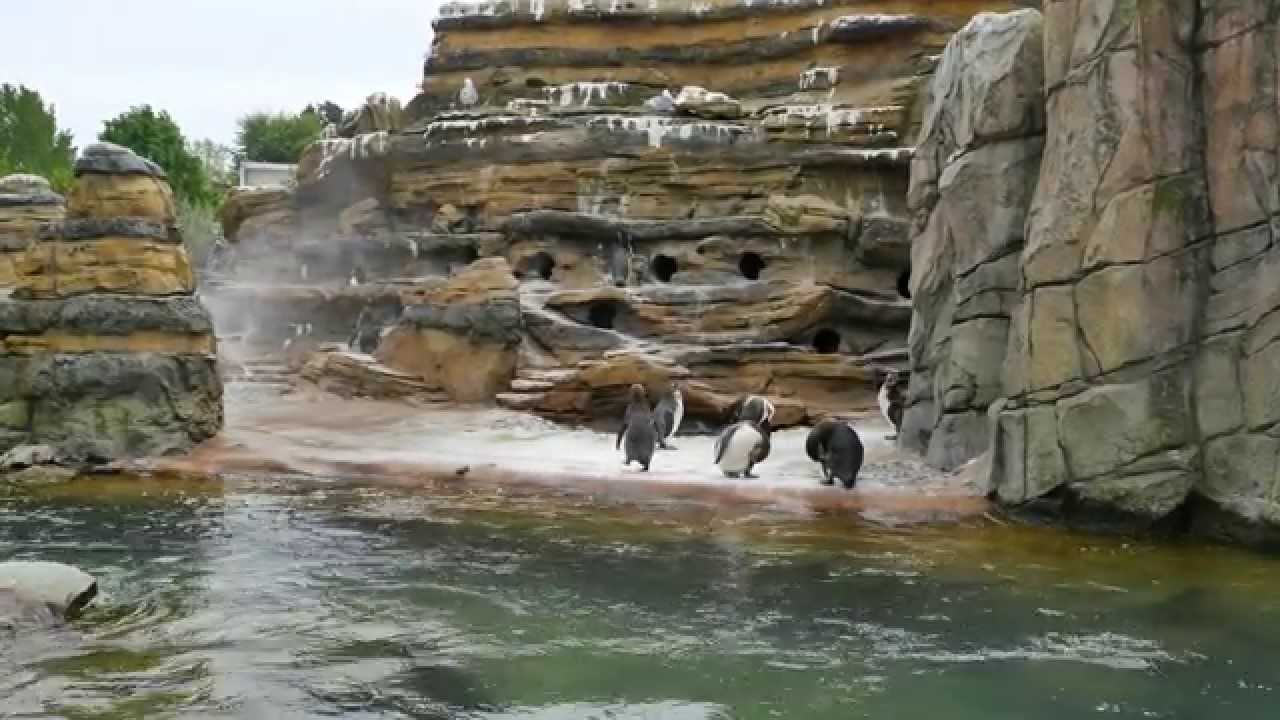Located around the north central neighborhood of Phinney Ridge, Seattle, Washington the Woodland Park Zoological garden occupies the western half of the 36.8 ha Woodland Park. The zoo was first opened as a small collection of captive animals kept for display on the estate of Canadian national Guy C. Phinney.
However in 1899 six years after Phinney’s death the zoo was sold to the city for a total of $5,000 cash and on a mortgage of $95,000. The acquisition which was rejected on the basis of being too excessive a sum was overruled by the Seattle City Council.
In 1902 a group of influential landscape architects known as the Olmstead Borthers was contracted to design the Woodland Park. The following year the private collection of Leschi Park was relocated to Phinney Ridge.
Interesting Facts About the Woodland Park Zoo
- In 2006 Woodland Park Zoo welcomed over 1 million visitors and since 2010 has 37 ha of exhibits and public spaces. Some of the zoo’s collection include 1090 animal specimens, 300 animal species, 40 endangered species, and a total collection of over 58,000 shrubs, herbs, treed and plant species.
- With the exception of the Bronx Zoo in New York the Woodland Park Zoo has won more awards for the Best National Exhibit than any other zoo. Acknowledged by the Association of Zoos and Aquariums Woodland Park zoo is a pioneer in the field of immersion exhibits and is credited with the world’s first immersion exhibit (a gorilla habitat) which opened during the late 1970s.
- In 2006 the zoo opened an interactive play-spaces for children. The area which includes a Nature Exchange desk and play-space as well as open areas for interactive programs features an energy efficient roof with a wide variety of native plants growing on top the building. Jointly designed by the interpretive planning and exhibit design firm AldrichPears Associates and Mithun, Inc. professional services the area was awarded the Thea Outstanding Achievement Award by the non-profit Themed Entertainment Association (TEA) in 2007.
- In 1991 the zoo opened its Tropical Rain Forest Exhibit. The exhibit which upon its opening won an award for the Best Exhibit today includes a walkway leading towards the building with a view of the zoo’s Jaguar exhibit, a nearby jungle researchers tent as well as a myriad of animal species from Central and South America such as tamarins, poison arrow frogs and a variety of tropical bird species. The zoo’s African rain forest exhibit also includes colubus monkeys, rambling gorillas, and red ruffed lemurs.
- The Woodland Park Zoo’s Tropical Asia biome consists of two major areas: The Banyan Wilds and the Trail of Vines. The first phase of its Tropical Asia exhibit opening in 2013 features an aviary of tropical Asian birds and Asian small-clawed otters. The second phase which opened in 2015 included new exhibits for Malayan tigers and sloth bears. The Trail of Vines allows visitors to journey through a variety of Southeast Asian rainforest habitats featuring several endangered species such as Malayan tapirs, Indian pythons and lion-tailed macaques. The Elephant Forest notably the zoo’s third biome exhibit area was recently closed in April 2015 when the zoo discontinued its elephant program.
- The Northern Trail exhibit which was opened in 1994 also won an award for the Best Exhibit that year. Home to a wide variety of animal species native to the North American regions such as the Arctic fox, grey wolf, grizzly bear, Roosevelt elk and Steller’s sea eagles the exhibit’s landscape is modeled to resemble an actual trail found at the Denali National Park in Alaska.
- Also earning an award for Best Exhibit during its opening year (1980) is the zoo’s African Savanna Exhibit. A first of its kind the Woodland Park Zoo’s African Savanna Exhibit paved the way for several other similar exhibits throughout the United States. The exhibit which begins with a modeled African village takes the visitor on an exclusive journey by way of its savanna houses featuring giraffes, gazelles, ostriches, oryxes and a host of other species. For a small fee visitors during the summer months can hand-feed the giraffes during the zoo’s scheduled feeding hours. The exhibit which features hidden moats also has two separate exhibits for its African lions and warthogs.
- Considerably one of the smaller biomes at the Woodland Park Zoo the Australasia exhibit features Walliawong Station housing over 100 parrots including cockatiels, eastern rosellas and parakeets. Other animals on display at the Australasia include the emu, kookaburra, snow leopards, wallaroo and wallaby.
- Opening in 2008 and home to a variety of animals native to the temperate regions of North America, South America and Asia; Woodland Park Zoo’s Temperate Forest Exhibit features a large aviary with several exotic birds as well as a marsh exhibit for local waterfowl species. The exhibit which was used in 2014 to temporarily house a pair of chetah as part of a “Wildlife Survival Zone” also has a small alcove dedicated to the conservation and restoration of the Pacific pond turtle.
- Other highlighted animal attractions at the Woodland Park Zoo include a Raptor Center and the lowland midget buffalo. The zoo also has a Bug World and “Family Farm” exhibit as well as a number of nocturnal animals such as the greater indian fruit bat native to Bangladesh, China, and Sri Lanka and the sloth.
- In 2010 Woodland Park Zoo closed its Night Exhibit citing the reason as “difficult economy”.
- Between 1953 to 1968 Woodland Park Zoo was home to the western lowland gorilla named Bobo. The gorilla who was purchased as an infant in 1951 from a Columbus, Ohio hunter soon became one of Seattle’s main attractions and is credited with helping to obtain funding for the building of the zoo’s new primate house.
Woodland Park Zoo Webcams
Woodland Park Zoo Bat Cam
Located in the revamped Adaptations Building of the Woodland Park Zoo is a 24 – hour live streaming Bat Cam. This webcam which is features night vision allows online viewers to watch the zoo’s colony of six male bats during the daytime and when they are most active at nights.
View Woodland Park Zoo Bat webcam.
Woodland Park Zoo Giraffe Barn Cam
The Woodland Park Zoo Giraffe Barn Cam allows online viewers to catch a quick look of the zoo’s giraffe herd in a heated space designed habitat. The webcam which is located inside the Giraffe Barn shows Misawa the newest giraffe, the youngest member Dave and the other two females Olivia and Tufani.
View Woodland Park Zoo Giraffe Barn webcam.
The Woodland Park Zoo Grizzly Exhibit
This webcam shows Denali and Keema; two 20 – year – old grizzly bears housed at the Woodland Park Zoo’s award – winning Northern Trail exhibit. Viewers by clicking on the link provided below can watch these bears actively fishing for trout by a stream or by a pool which maintains 20 to 30 live trout.
View The Woodland Park Zoo Grizzly webcam.
Zoo Camera Tags:
- woodland park zoo cam
- web cam woodland park zoo seattle

